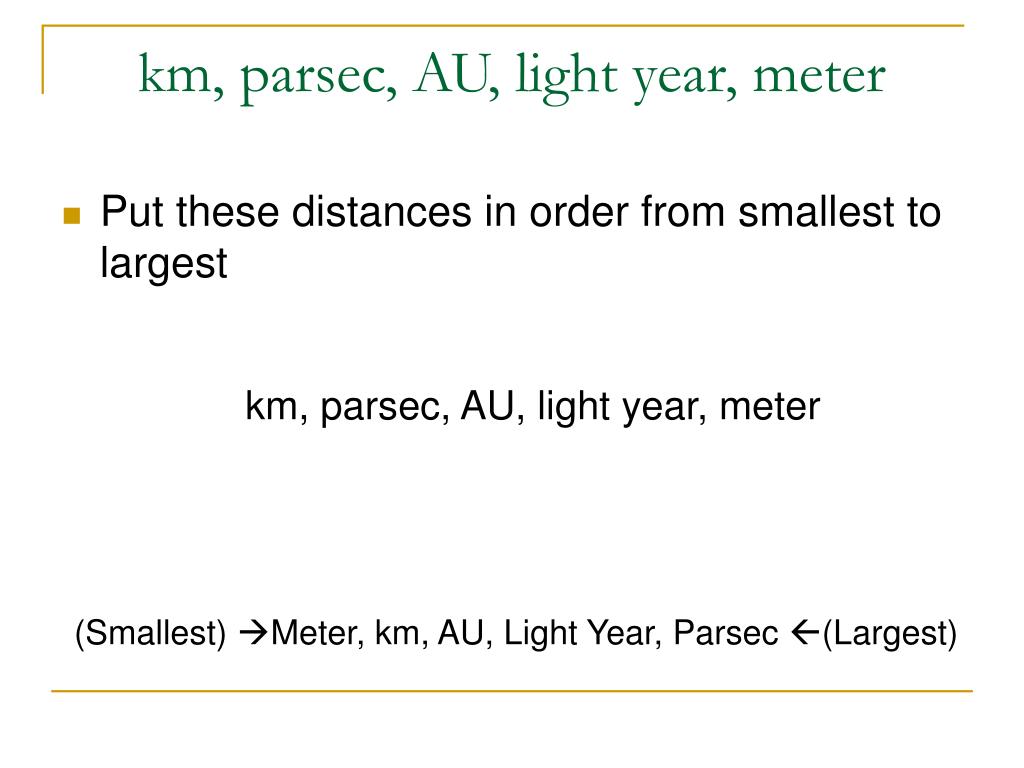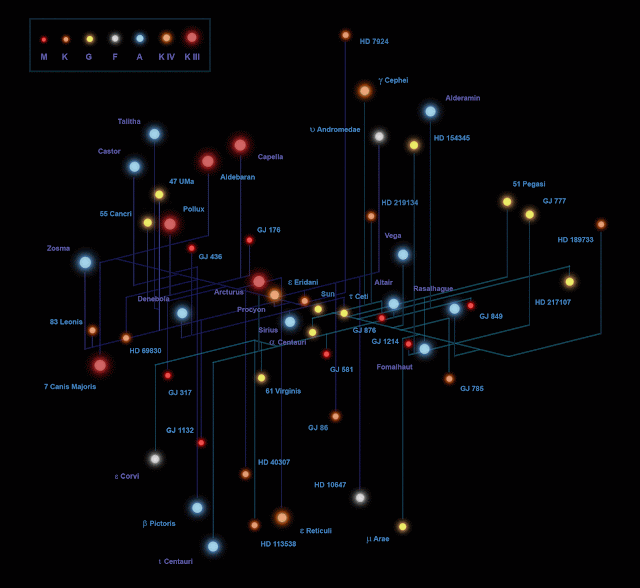

To assist industries, national and other agencies in their developmental tasks by precision measurements, calibration, development of devices, processes, and other allied problems related to physics.To identify and conduct after due consideration, research in areas of physics which are most appropriate to the needs of the nation and for the advancement of the field.To establish, maintain and improve continuously by research, for the benefit of the nation,.To strengthen and advance physics-based research and development for the overall development of science and technology in the country.The weights and balances used in local markets and other areas are expected to be certified by the Department of Weights and Measures of the local government.It is the responsibility of the NPL to calibrate the measurement standards in these laboratories at different levels. 1 parsec 3.26 light-years 19 trillion miles The term parsec is a portmanteau a combination of two words: Parallax and Arcsecond.Responsibility of National Physical Laboratory (NPL): Physical quantities can only be added if they have the same Units Currently Accepted for Use with the SI System: NameĬalculation of number of kilometers in 20 miles:Ĭonversion factors a mile = 5280 ft, 1 ft = 12 in, 1 in = 2.54 cm, 1 m = 100 cm, 1 km = 1000 m.Ģ0 miles = 20 × 5280 ft = 20 × 5280 × 12 inches Units outside SI but Frequently Used in Physics: Name shake is used to measure very small time.Extremely small areas are measured in barn.Mass is measured in slug, metric ton, quintal.1 chandrashekhar unit = 1.4 times mass of the Sun. a The parsec unit is obtained by the use of parallax and trigonometry, and is. 30.9 trillion kilometres (19.2 trillion miles ). The Earths magnetic field is thought to be due to the liquid iron. M MAGNETIC FIELD The area in which an attractive or repelling force exists between two magnets or in association with the element iron.

Chandra Shekhar unit is practical unit of measuring large masses. The parsec (symbol: pc) is a unit of length used to measure the large distances to astronomical objects outside the Solar System, approximately equal to 3.26 light-years or 206,265 astronomical units (au), i.e. L LIGHT YEAR The distance light can travel in one year, which is 9,500,000,000,000 kilometers.



 0 kommentar(er)
0 kommentar(er)
